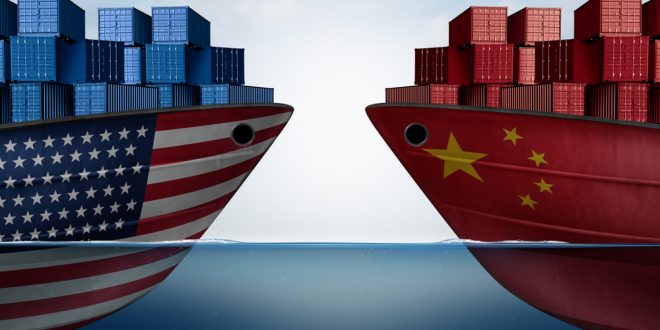While the United States did not lose the trade war, it has not won it either. China’s economy has more keenly felt the brunt of increased tariffs, but if the goal was to force China to change its unfair trade practices, that effort has fallen flat.
The United States has long looked out across the oceans and recognized the importance and benefit of a robust US ties with Asian nations. After years of economic rattling and missed opportunities by his predecessor, President Joe Biden plans to restore US influence in the continent. Biden’s administration announced a new economic bloc meant to counter China’s increased dominance last week.
The move is welcomed as signaling break with Trump’s retreat from global trade. However, as long as details are concerned, there are ambiguous promises of cooperation and growth, the Indo-Pacific Economic Framework is not a foreseen substitute for the Trans-Pacific Partnership.
Biden is right to rebuild the coalition of allies the US will need to fight back against China’s worst impulses, but he must also build up the political will at home to enact the kind of trade agreements that can cement America’s influence and ensure fair competition in the world’s fastest growing region.
The TPP was a sweeping deal between the US and 11 other countries including Australia, Japan, Malaysia, and Vietnam. It would have allowed America to set the rules of engagement for trade in the Asia-Pacific region and included nations that represent 40% of the world’s economy.
The geopolitical advantages were clear, with the trade pact meant to either exclude China from its benefits or force it to abide by a high bar for entry mainly set by the United States.
For Washington, a state where about 40% of jobs are tied to trade, the positive economic impact was just as evident. A fully implemented TPP would have meant $8.7 billion in new state exports, adding up to 26,400 jobs, according to a 2016 study by the Association of Washington Business and the Washington Council on International Trade.
Instead, Trump withdrew the US from the TPP and decided to go it alone, starting a trade war that imposed widespread tariffs not only on adversaries such as China, but on longtime allies, including the European Union, Canada and Mexico.
China’s tariffs have gone down for people like the EU, Australia and Japan. They’ve gone down over the last four or five years, while the US ones have gone up into the 20% range. Americans are believed to shoot themselves in the foot. No trade deal is ideal, and governments have consistently failed to adequately help industries impacted by several agreements, but the overall result is positive. Meanwhile, the cost of doing nothing is relatively high, as the US decided to sit on the sidelines, the world moved on.
TPP countries went ahead and implemented the agreement and China now leads the Regional Comprehensive Economic Partnership, the world’s largest trade bloc, uniting 15 Asia-Pacific economies.
If widespread tariffs continue to hurt Washington exporters and American consumers through increased prices, then a new plan should emerge.
The 13 members of the Indo-Pacific Economic Framework include Japan, India, Australia, Brunei, Indonesia, South Korea, Malaysia, New Zealand, the Philippines, Singapore, Thailand and Vietnam. Other countries are expected to join as the deal moves forward.
According to the White House, the framework will focus on four key pillars to “establish high-standard commitments” to deepen US economic engagement in the region. These goals include preventing supply chain disruptions, clean energy and decarbonization efforts, anti-corruption initiatives and greater digital trade.

 Noor Trends News, Technical Analysis, Educational Tools and Recommendations
Noor Trends News, Technical Analysis, Educational Tools and Recommendations




